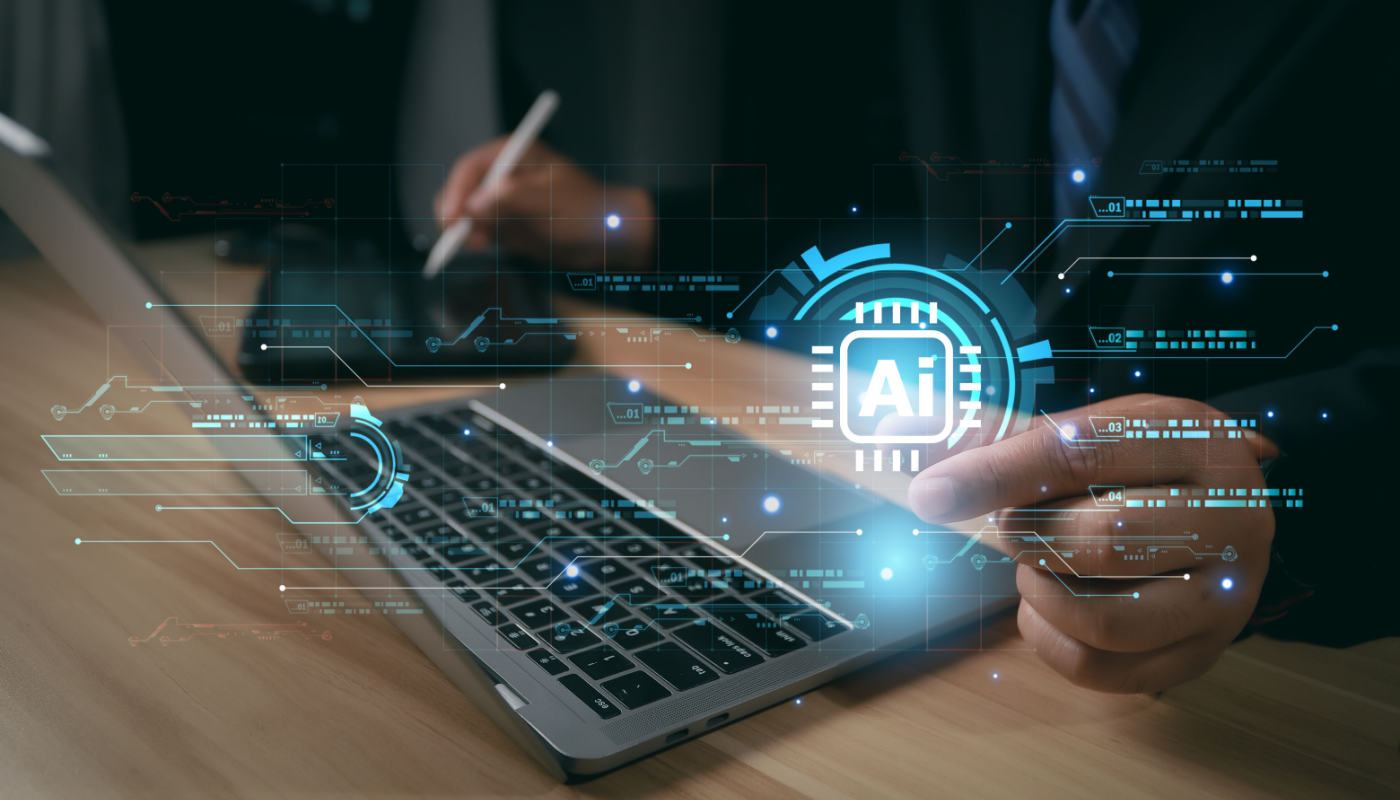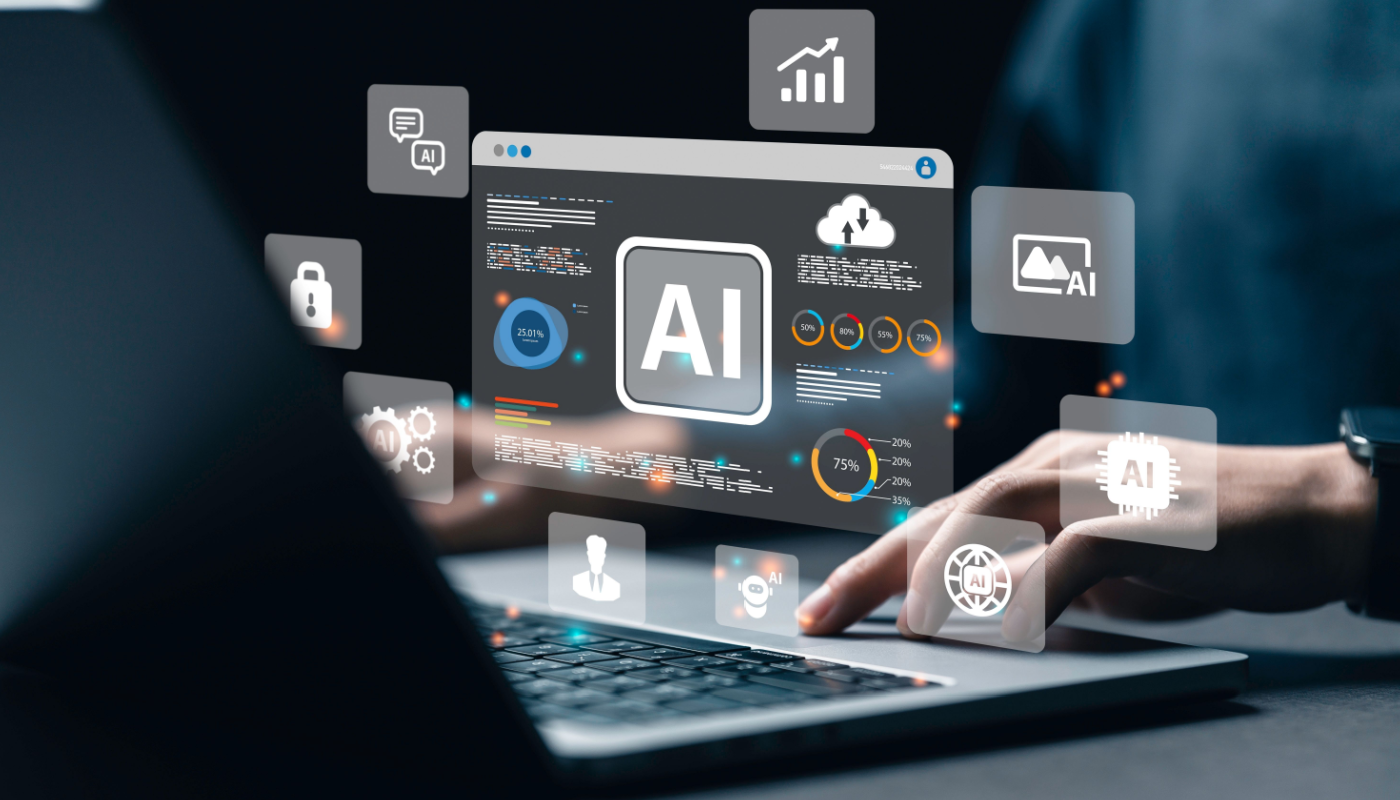Summary
With the onslaught of chatter about artificial intelligence (AI) and machine learning (ML) and finding the holy grail, it is challenging to find helpful information that is “just right” – more than fluff, but not too dense. The International Institute of Forecasting (IIF) publication Foresight is one such resource. In this blog, we point the reader to a recent article “Humachine”, which identifies the general challenge of implementing decision technology to improve SCM decision making resulting in improved organizational performance and the importance of experience in the trenches.
Introduction
Almost halfway through 2021, the role of artificial intelligence (AI) in supply chain management (SCM) continues to be a dominant theme. Often the terms machine learning (ML) and AI are intermixed. Every SCM organization is attempting to create and then implement a practical vision of how to use AI/ML to enhance decisions in their demand-supply network (DSN) resulting in improved organizational performance. One of the initial and critical challenges in this effort is finding helpful information – which is hard to find. Much of the material is short on content. Examples: Machine learning is shifting the perspective of the supply chain and Control Towers and knowledge graphs. A good bit of the material is “dense” and narrow in scope, for example, “Demand Prediction Using Machine Learning and Stacked Generalization”, fine reading for Dr. Tenga and Dr. Degbotse, but of limited value to the director of demand management. The International Institute of Forecasting (IIF) has a number of publications that are, to quote Goldilocks, “just right”, one of which is Foresight whose material is concise, readable, and objective.
Humachine
The April 2021 issue of Foresight has an article by Sanders and Wood that directly addresses the current challenges organizations face and provides very helpful information. Below is the introduction from this issue:
“The Humachine, a new book by Nada Sanders and John Wood, presents a strong case for the argument that AI itself will not provide the “superintelligence” that firms seek to enhance performance. Rather it is in the synthesis of human and machine—the humachine— that organizations will reap benefits that extend well beyond those achievable by humans or machines alone. In their distillation of the work for Foresight—Combining Humans and Machines in an Emerging Form of Enterprise: The Humachine— they report that some leading firms are already exhibiting traits of the humachine and describe how this new enterprise form will fundamentally alter organizational functions, with few of these impacted as much as the forecasting function.” Their discussion is embellished by three Commentaries: (a) Probe into precisely how AI will enhance productivity and competitiveness; (b) A key is a synergy between Humans and AI/ML to take advantage of what each does best with illustrations from customer-relations management to geopolitics; and (c) a historical perspective on the challenge of supporting decision making with technology.
The complete article and comments can be downloaded here.
Maximizing Forecast Value Add with Machine Learning
A critical component of any successful demand management system is forecast value add (FVA). The Winter 2021 issue article by Jeff Baker tackles the critical issue of how machine learning can improve the FVA process. SAS uses the term disruption. We also point the reader to the 2015 work on practical considerations in FVA. For all the chatter on finding patterns in demand history, FVA is a lynchpin of successful demand estimation.
The Journey and Decision Technology
It is clear when a detailed examination of AI/ML potential or actual implementations in SCM, a wide range of decision technologies from optimization to long-established statistical methods such as logistics regression to heuristic search methods, are being used. The larger challenge is the effective use of information and decision technology (analytics without borders) to enhance decisions resulting in improved organizational performance.
Additionally, this journey did not start with AI/ML but goes back to the emergence of decision support – there was a time when “dashboards” were new. To be successful requires an understanding of the history of the journey which is covered in comment 3 for Humachine and the importance of community intelligence.
Enjoyed this post? Subscribe or follow Arkieva on Linkedin, Twitter, and Facebook for blog updates.





